"By the late 1990s it was quite clear that we needed another institution at university level…. My view at that time was that rather than simply establishing another university we should take the opportunity actually to further develop our university sector, provide differentiation, provide variety, provide new directions. Eventually we narrowed it down to a university … that would be focussed on Management, on Economics, on Business which we thought would be complementary to NUS and NTU." - Dr. Tony Tan
DARINGLY DIFFERENT - HO KWON PING
1997
VIDEO
“It was Tony Tan, who was then deputy prime minister, who I think has got really radical views about education and to me, is really the person who’s shaken up the entire tertiary landscape in Singapore. And whom Singapore really owes its greatest debt regarding what our educational system overall has become at the tertiary level. I do recall asking Tao Soon, ‘Why me?’ … it was the most illogical choice. Okay because, I barely managed to get a bachelor’s degree, and I’ve gone to three universities and I end up with only a bachelor’s. You’d normally assume you’d get somebody who’s a little bit more acquainted with university education. But I do think probably the reason that they asked me was because I had very clear and very strong views about university education, untainted by expertise.” - Ho Kwon Ping.
CHALLENGES OF STARTING A NEW UNIVERSITY
1997
VIDEO
"Starting off SMU on its own was a big risk and we discussed it for a long time as to whether this was advisable because it’s very important for Singapore—whichever university we start—that the university should not fail.
So it was very important that the university should succeed, the degrees of the university should be recognised and accepted by employers. The university should be able to attract its fair share of bright students and be held in high regard by parents. Starting a university from scratch in the context of Singapore, a small and urban environment where parents and students would inevitably compare the newcomer as I said with a proven product, NUS and NTU, was a big risk.
Eventually I agreed when Mr Ho and his council said they thought that this was best. And essentially for three reasons. The first reason was a very substantive point—that if they wanted to set SMU in a different direction from NUS or NTU, it should start from the very beginning. It should be different. It shouldn’t be built on what had gone before. The second reason why I thought that this might succeed was the fact that the subjects which SMU were going to teach, business and management, would be very widely accepted in Singapore because of Singapore’s position as a business hub. So there would be a demand for such places. Then the final reason why I thought this could succeed was because, with the approval of the Cabinet, to allow SMU to establish itself as a city university on extremely valuable land. This would differentiate SMU from NUS and NTU. So because of these three reasons—first of all we should start completely different from NUS and NTU, secondly because the subjects were business and management which would be widely accepted in Singapore, and thirdly, that it should have a city campus which would differentiate it directly from NUS and NTU. These would give the new university a chance to succeed.
But, as you say the proof of the pudding is in the eating. The question is, “Will you attract students? Will they find jobs when they graduate?” That’s unknown. So SMU took in its first students in 2000. They graduated in 2003, 2004. And we’re very relieved that they were accepted well and since then seven cohorts of students have graduated from SMU and all of them have been very well received. So it’s been a success." - Dr Tony Tan
1998
THE PIONEER TEAM
1998
LISTEN
"The planning team was still employed at NUS and NTU until 1998. Therefore, we met in the evenings and on weekends to do our planning at each others’ homes before we resigned. From 1st March 1998, after Teck Meng, Chin Tiong [Tan Chin Tiong] and I had resigned our respective positions at NUS and NTU; we operated at the ground floor of Wah Chang House in Upper Bukit Timah road, the office premises of Mr Ho Kwon Ping who was the chairman of the steering committee. The members of the working committee, 12 of us, comprised, Teck Meng [Tan Teck Meng], Chin Tiong [Tan Chin Tiong], Kwong Sin [Leong Kwong Sin], Yang Hoong [Pang Yang Hoong], Kee Yang [Low Kee Yang], Thian Ser [Toh Thian Ser], Soo Chiat [Hwang Soo Chiat], Michael Gan, Kai Chong [Tsui Kai Chong], Teng Aun [Khoo Teng Aun], Wee Liang [Tan Wee Liang] and me. The group of 12 operated as a team, but each had specific functions ranging from strategic issues such as the vision and mission of the proposed university, core values, curriculum, teaching pedagogy, marketing and recruitment of the first cohort, finance, human resource, faculty recruitment, space planning, IT, legal matters such as the Constitution of the Students Association." - Low Aik Meng
2000
VISION AND MISSION
2000
ARTICLES
Well, if you look at the mission statement, we’re basically to produce graduates who are entrepreneurial and have all the other qualities that we wanted to achieve. I think the main mission and vision—We want to be a top-class university—I don’t think the mission has changed or the vision has changed. If anything else, it’s a question, “How much closer are we to seeing the fulfilment of the mission and vision?” I think we have succeeded in various ways. We are producing students that the market acknowledges are very different from the other graduates. Our students are said to be a lot more entrepreneurial, which is part of the mission that we set for ourselves. Our students are able to communicate much better, hold themselves up as confident graduates and everything else. So in a sense, I think, over the years, we are seeing the fulfilment of the mission and vision of the university.
CIRCLE VALUES
2000
LISTEN
"The 12 members in the planning team together had a few hundred years of academic experience behind us and we knew what we wished to see in our graduates. We saw the need to instil certain core values in our graduates which would make them distinctive and give them an identity. We deliberated long and hard on the values the various stakeholders deemed as important and eventually came up with the CIRCLE values of Commitment, Integrity, Responsibility, Collegiality, Leadership, and Excellence. We felt that these were the attributes that would give our SMU graduates the ‘soul’. In the classroom, courses were introduced to instil some of these attributes such as leadership and teambuilding, ethics and social responsibility. These were supplemented with other initiatives and programs beyond the classroom such as empowering students to take on leadership roles in organizing university events, requiring all freshmen to attend a three day camp to inculcate the core SMU CIRCLE values, inviting students to give back to the university by serving as peer helpers, SMU ambassadors, etcetera and also encouraging students to spearhead overseas community service projects to help needy communities. We saw the importance of a holistic education in developing the quintessential SMU graduate, one who had undergone rigorous academic training, possessed a value system and a sense of social responsibility. The student body in collaboration with staff and faculty eventually composed the SMU pledge reflecting the SMU CIRCLE values." - Low Aik Meng
WHARTON AND SMU FIRST PRESIDENT
2000
LISTEN
"what happened in March was that I was contacted about my ability to serve as a special advisor to the Chairman of the board on certain terms and I wrote back and said that I would be pleased to do that but that as I was stepping down as Deputy Dean – this was to Ho Kwon Ping – you might want the person who’s the Deputy Dean of the Wharton School, and if that’s the case, I understand completely. And then 48 hours later, I got an email saying essentially, well then, we’ll make you this offer, and the offer was would you be the first president.... I think I was really surprised.... separately months before, I knew that SMU was searching for a president and I had been asked if I wanted my name in the consideration, and I said ‘No’. So the way it came about is curious. Serendipity I would say. So that’s what surprised me. "
SMU CURRICULUM
2000
ARTICLES
In its aim to develop holistic and well-rounded SMU graduates, students are required to perform 80-hours of community service as part of their undergraduate curriculum. SMU is working with the National Volunteer Centre to help students identify volunteer opportunities in the arts, environment, heritage and sports.
THE LION EMERGE - SMU LOGO
2000
LISTEN
"I think that the logo is very important. In fact I think that the logo plays quite an important part, but probably subliminal part of the success of SMU, especially amongst the young people. You just take a look at NUS logo, NTU logo, and then you look at SMU and you know what I mean. So I thought it was very smart because there’s a lion which represents Singapore, there’s the tangram pieces that represent management, and there’s the eyebrow of the lion which represents intellect, or university. So it’s a very clever design, simple, but quite profound. In fact after the presentation I told the group, I said, “It’s excellent.” I said, “I don’t know whether you’ll win,” but I said, “It’s excellent,” yeah. So, yeah I think the logo is extremely good, and plays some part in helping students to identify and feel that they belong." - Low Kee Yang
OFFICIAL INCORPORATION OF SMU
January 2000
ARTICLES
Singapore Management University is incorporated as a non-profit private limited company with an independent board of trustees. Mr Ho Kwon Ping is appointed chairman of SMU's board of trustees. Groundbreaking ceremony signals start of construction for SMU's interim campus at Evans Road.
MOVING INTO BUKIT TIMAH CAMPUS
January 2000
ARTICLES
SMU moves from its interim campus on Evans Road to the renovated, historic Bukit Timah campus. Renovations of the historic Bukit Timah campus are underway. Begun in late 2000, this is the fastest redevelopment project of conserved buildings in Singapore's history.
While preserving the buildings' period architecture, classrooms are being remodelled for seminar-style teaching. Wireless internet will be available throughout the campus. The Bukit Timah campus was home to two earlier universities, the University of Malaya and the University of Singapore. Most recently, the campus was occupied by the National Institute of Education, which moved to a new location at Nanyang Technological University in December 2000.
SMU INAUGURAL CONVOCATION - START OF BUSINESS SCHOOL
June 2000
ARTICLES
SMU welcomes the pioneer batch of 306 students with an inaugural convocation held at Bras Basah Park. SMU's first school, the School of Business, commences.
SCHOOL OF ACCOUNTANCY ANNOUNCED
September 2000
ARTICLES
Deputy Prime Minister Tony Tan announces the start of the School of Accountancy. SMU will become the first Singapore university to offer an American-style, broad-based accountancy degree programme with professional recognition. Classes will begin in August 2001. Associate Professor Pang Yang Hoong is founding dean of the new school. She joined SMU's start-up team in 1998. Prior to that, Professor Pang was the director of the PhD programme and head of auditing and taxation at the School of Accountancy and Business, Nanyang Technological University.
2001
FIRST PATRON'S DAY
January 2001
ARTICLES
Patron's Day commemorates the incorporation of SMU in January 2000. The first patron of SMU is President of Singapore, Mr S R Nathan. SMU celebrated its first Patron's Day by hosting a visit of President Nathan at its Evas Road campus
SCHOOL OF ECONOMICS AND SOCIAL SCIENCES ANNOUNCED AT CONVOCATION 2001
August 2001
ARTICLES
Education Minister Teo Chee Hean is the guest of honour at SMU's second convocation, the welcoming ceremony for incoming students. The minister announces the launch of SMU’s third school, the School of Economics and Social Sciences. The first students for the BSc (Economics) degree will be admitted in 2002.
2002
GROUND BREAKING OF CITY CAMPUS - TEARING DOWN OF NATIONAL LIBRARY - REPLANTING HERITAGE TREES
March 2002
ARTICLES
SMU City Campus - 7.76 hectares 1.6 million. Singapore-based KNTA Architects and UK-based Edward Cullinan Architects are awarded the contract to design the main campus, including the academic buildings, the library and the concourse. The Australia-based Cox Architects and Planners and Singapore-based DEG Architects will design SMU’s administration building
SCHOOL OF INFORMATION SYSTEM LAUNCHED
November 2002
SMU announces the formation of a fourth school, the School of Information Systems (SIS). The new school will have a cross-disciplinary approach, preparing IT graduates who can work at the interface between business and technology. Steven Miller, chief architect executive, IBM Business Innovation Services ASEAN, is appointed as interim dean.
LI KA SHING DONATION
September 2002
Entrepreneur and philanthropist Dr Li Ka Shing donates a record S$19.5 million to SMU. The SMU library and student scholarships will be named after him. The Singapore Government matches the gift with $3 for every dollar donated.
2004
S$50M GIFT FROM LEE FOUNDATION
May 2004
SMU receives landmark gift of S$50 million from the Lee Foundation. The Singapore Government matches $3 for every dollar donated, resulting in another $150 million for SMU's endowment fund .The School of Business and a university-wide scholars programme are named in honour of the late Dr Lee Kong Chian, a businessman and philanthropist, and a firm believer in education. A ceremony to mark the gift will be held at the Istana later in the year.
SMU INAGURAL COMMENCEMENT CEREMONY
July 2004
At its inaugural commencement ceremony, SMU celebrated students earning bachelor's and master's degrees. Students in the pioneer class of undergraduates have completed their four-year programme and were awarded Bachelor of Business Management or Bachelor of Accountancy degrees. Twenty-one students earned double degrees. In addition, forty-one graduate students were awarded Master of Applied Finance degrees.
2005
MOVE TO THE CITY
After four years at the Bukit Timah campus, a parade of 1,000 undergraduates and academics made their way from Bukit Timah to SMU’s new city campus in Bras Basah. Last month Obayashi Corporation, the main building contractor, officially handed over the 4.5 hectare, S$426 million city campus to SMU. Students will start the new academic year at the city campus in August.
2006
OFFICIAL OPENING OF SMU CITY CAMPUS
January 2006
SMU's new $426 million, 4.5-hectare city campus is officially opened by Prime Minister Lee Hsien Loong. Planning for the city campus began in 2000 when the Urban Redevelopment Authority accepted the master plan for the design and building of the campus. The academic buildings and library were designed by Edward Cullinan Architects in collaboration with KNTA and took five years of planning and construction. The new 14-storey administration building at Victoria Street was designed by Cox Architects and DEG Architects.
December 2006
Three blocks of conservation flats have undergone a S$13 million renovation to provide 48 apartments for 261 students. SMU’s new hostel, Residences @ Prinsep, is a 10-minute walk from campus. Housing priority is given to foreign students. A group of 'residential seniors' will provide leadership and support to hostel residents.
2007
The new School of Law will provide legal education with a strong business orientation to prepare its graduates for law practice in Singapore and in the region. It will offer a four-year undergraduate law degree programme, and a five-year double degree programme combining law with accountancy, business, economics, information systems or social sciences. Classes commence in August 2007.
April 2007
The School of Economics and Social Sciences is reorganised into two separate schools—the School of Economics and the School of Social Sciences. Professor Roberto Mariano is dean of the School of Economics. Professor David Chan is interim dean of the School of Social Sciences.
2014
Attorney-General Mr Steven Chong was guest of honour at the groundbreaking ceremony for SMU’s new School of Law building. A key feature of the new 22,000 sqm building is the Kwa Geok Choo Law Library, named in memory of the late Madam Kwa Geok Choo, the first Asian woman to graduate with first-class honours in Law from Cambridge University and the wife of former Prime Minister Lee Kuan Yew. The new law school building will also house the David Marshall Moot Court and the SMU Pro Bono Centre. SMU will name its new law library, a new scholars programme for law students, and a top law student award after Madam Kwa Geok Choo, wife of former Prime Minister Lee Kuan Yew. Madam Kwa was an esteemed lawyer and a brilliant student. She was the first Asian woman to graduate with first-class honours in Law from Cambridge University. She started a law firm with Mr Lee and his younger brother, and then went on to excel as a conveyancing lawyer, mentoring many others in the process. The new Kwa Geok Choo Law Library will serve not just the SMU community, but also the legal community in Singapore and beyond.
2015
SMU-X Initiative aims to bring about a mindset change through innovative curriculum and unconventional learning facilities. After three-and-a-half years of study and conceptualisation, Singapore Management University (SMU) will launch its new SMU-X Initiative in the forthcoming Academic Year (AY) 2015-16, which begins in August. Key to this milestone is the introduction of a suite of new SMU-X courses following a six-month pilot.
The University, which celebrates its 15th anniversary this year, is known for doing things differently. Besides offering an American style of education done in small, interactive seminar groups, it is also the first to introduce compulsory community service and internship, as well as broader admission criteria. The SMU-X Initiative, a paradigm shift which focuses on learning (as opposed to teaching), contributes towards the University’s 2025 vision of being a leader in transformative education, and reflects SMU’s commitment to stay ahead of innovative pedagogy by pushing the boundaries and venturing into new ways of bridging theory and practice.
2017
In support of the SkillsFuture movement, Singapore Management University (SMU) today officially launched its lifelong learning unit–SMU Academy. The launch ceremony was held in conjunction with DIGITEC 2017, a technology conference that is focused on digital capabilities such as blockchain, fintech, HR analytics, lean thinking and personalised learning, among other emerging areas of technology. The ceremony was graced by Mr Ong Ye Kung, Minister for Education (Higher Education and Skills) and Second Minister for Defence.
2018
Singapore Management University (SMU) held a ground-breaking ceremony today for its latest development – a five-storey green building in the heart of the city designed to support the University’s innovative SMU-X pedagogy, as well as cultivate innovation and entrepreneurship. The S$70 million development has been made possible by a donation from the Tahir Foundation and a grant from the Building and Construction Authority under the Public Sector Construction Productivity Fund (PSCPF).


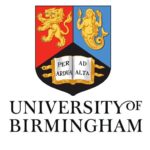
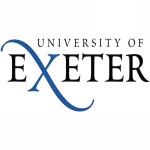
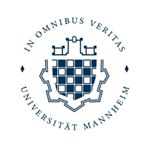
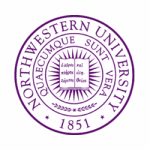
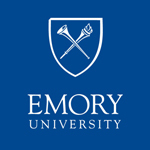
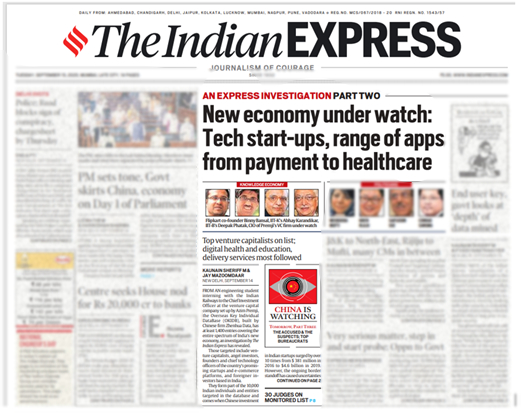
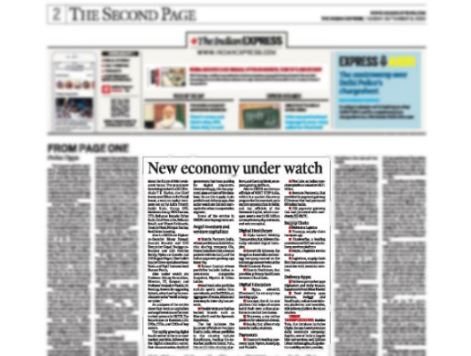

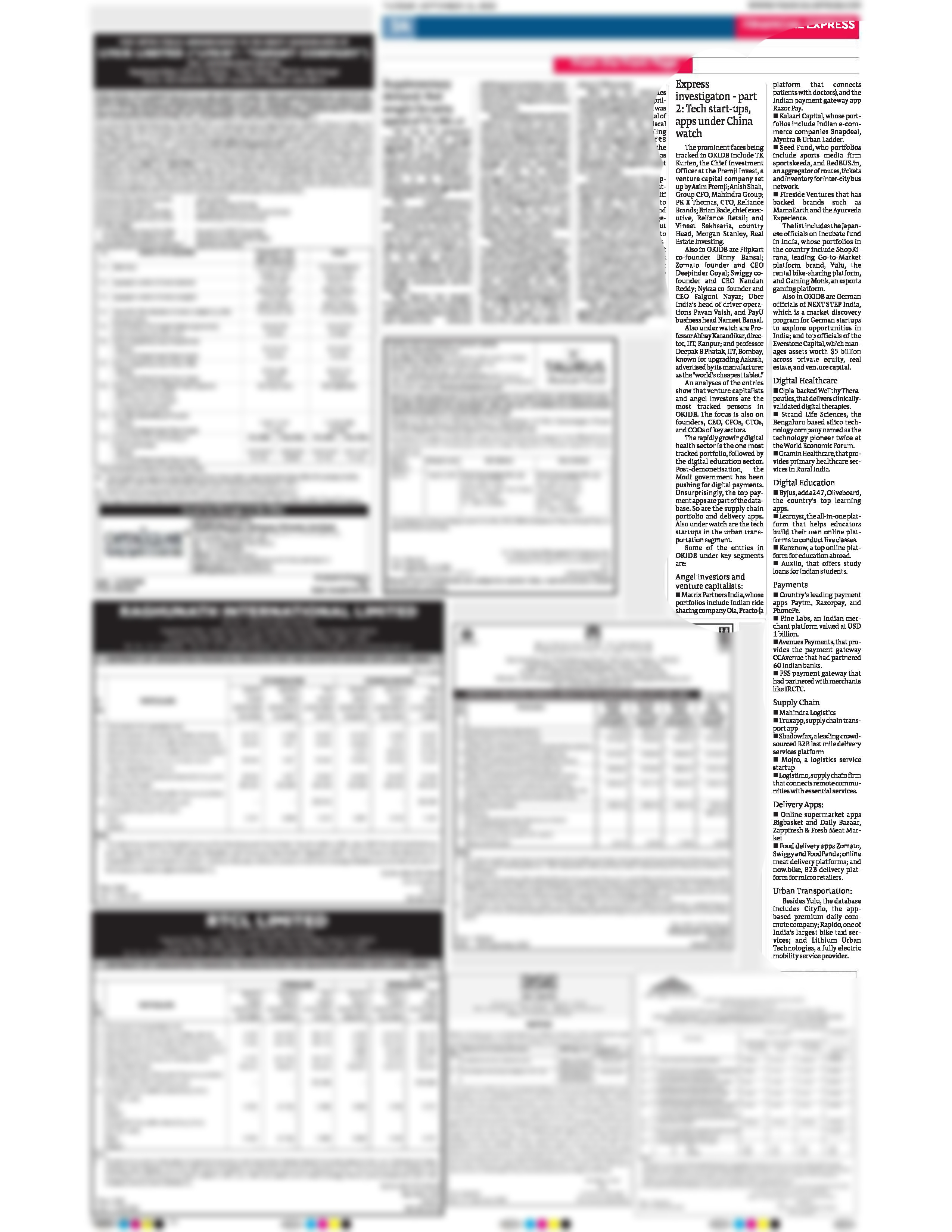
Social Media